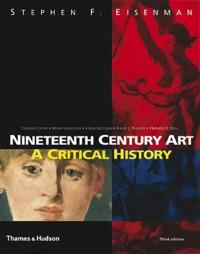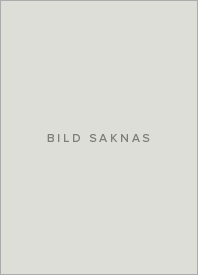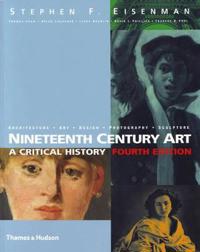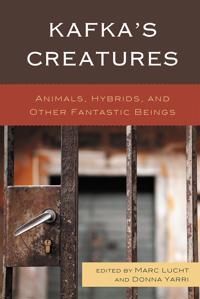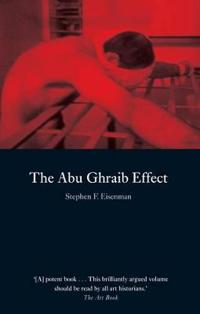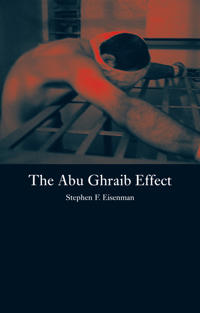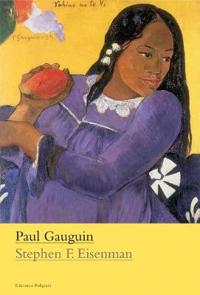Nineteenth Century Art (Häftad)
avStephen F. Eisenman
ISBN: 9780500286838 - UTGIVEN: 200708The indispensable one-volume reference work on 19th-century art in Europe and America has been substantially updated and enlarged. This third edition includes new chapters on architecture and design and a new essay on the Vienna Secession, as well as a fully updated bibliography and new illustration[...]
Nineteenth Century Art: A Critical History (Häftad)
avStephen F. Eisenman, Thomas Crow, Linda Nochlin
ISBN: 9780500288887 - UTGIVEN: 2011-02Since its first publication in 1994, this book has established itself as the most popular and highly regarded textbook in the field. It embraces many aspects of the so-called new art history while at the same time emphasizing the remarkable vitality, salience, and subversiveness of the era s best ar[...]
Nineteenth Century Art (Häftad)
avStephen F. Eisenman
ISBN: 9780500289242 - UTGIVEN: 2011-07"Nineteenth Century Art: A Critical History", hailed as one of the most engrossing and stimulating art history texts to come along for years by "The Times Higher Education Supplement", embraces many aspects of the so-called new art history attention to issues of class and gender, reception and spect[...]
Kafka's Creatures (Häftad)
avStephen F. Eisenman
ISBN: 9780739143957 - UTGIVEN: 201204There are few literary authors in whose work animals and other creatures play as prominent a role as they do in Franz Kafka's. Exploring multiple dimensions of Kafka's incorporation of nonhuman creatures into his writing, this volume is the first collection in English of essays devoted to illuminati[...]
The Abu Ghraib Effect (Inbunden)
avStephen F. Eisenman
ISBN: 9781861893093 - UTGIVEN: 200704The line between punishment and torture can be thin, but the entire world agreed it was crossed at Abu Ghraib. Or did it? George W. Bush emerged from the scandal relatively unscathed, winning a second term months later, only a few low-ranking soldiers involved in the crimes were prosecuted, and the [...]
The Abu Ghraib Effect (Häftad)
avStephen F. Eisenman
ISBN: 9781861896469 - UTGIVEN: 201002This is a subtle, yet uncompromising analysis of the iconic photographs of torture from the prison at Abu Ghraib.[...]
Paul Gauguin (Inbunden)
avPaul Gauguin, Stephen F. Eisenman, Paul Gauguin
ISBN: 9788434312494 - UTGIVEN: 201103This is a concise and engaging, yet detailed and informative monograph that explores Gauguin's most Important works. Paul Gauguin (1848-1903) was one of the most important artists of the late 19th century, and one whose work was to have a profound influence on the development of art in the 20th cent[...]

